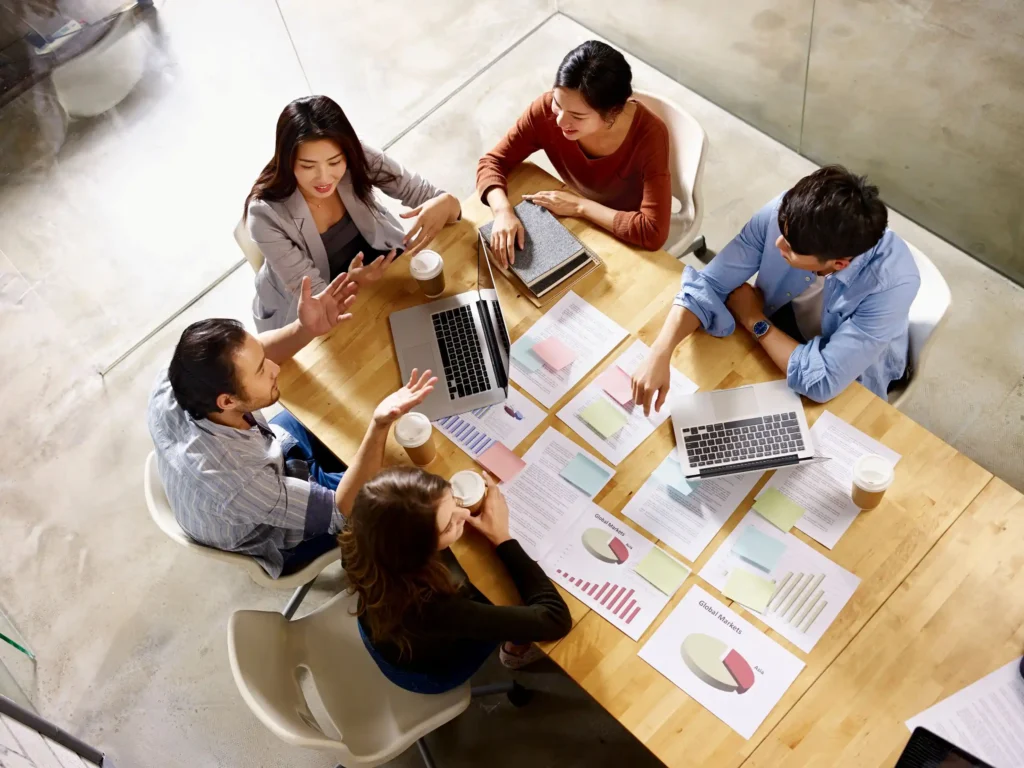
Bio Break: Groundbreaking Discoveries in Infectious Disease
In this episode of Bio Break, Nick shares one of his favorite discoveries in the world of infectious disease research — the groundbreaking discovery of Helicobacter pylori and its role in causing peptic ulcers. This fascinating story showcases how persistence, scientific curiosity, and innovative thinking can lead to discoveries that reshape medical science.
The discovery of Helicobacter pylori dates back to the 1980s, when Australian physicians Barry Marshall and Robin Warren suspected that stomach ulcers were not caused by stress or spicy foods, as commonly believed, but by a bacterium. Through determination and clever research, they identified Helicobacter pylori — a gram-negative, spiral-shaped bacterium — as the culprit. Their discovery wasn’t without challenges. Early laboratory cultures of patient swabs yielded no growth, as H. pylori requires low-oxygen environments and longer incubation periods to grow. It was only after a fortunate weekend delay that colonies finally appeared, changing the course of the study.
Nick recounts how, to prove their theory, Barry Marshall famously ingested a pure culture of H. pylori. This led to him developing gastritis and an ulcer, definitively proving the bacteria’s role. Thankfully, he treated the infection with antibiotics, validating the hypothesis and demonstrating that ulcers could be cured through antimicrobial therapy rather than solely through lifestyle changes.
This discovery revolutionized gastroenterology and earned Marshall and Warren the Nobel Prize in Physiology or Medicine in 2005. In this video, Nick and Joris highlight not only the scientific process behind the discovery but also the risks and innovation that make research in infectious diseases so exciting.
If you’re fascinated by microbiology, medical device development, and real-world medical breakthroughs, this story of discovery is one you won’t want to miss.
Groundbreaking Discoveries in Infectious Disease
For Startups or Founders developing a device that incorporates novel technology or is like nothing else, the FDA breakthrough medical device program may be the best regulatory option. Learn more.
Related Resources

Every MedTech startup begins with a hypothesis, an idea that could transform patient outcomes, simplify delivery of care, or improve how clinicians diagnose and treat patients.

When Ariana Wilson and Mark Drlik take apart a common appliance, they uncover engineering principles that connect directly to medtech.

When reviewing evidence for a medical device, a single citation can shape an entire submission. In this Bio Break episode, Nick shares a biofilm referencing lesson that has stayed with him since the early 2000s.

Every phase of a device’s life cycle involves different people with distinct needs—from clinicians and patients to service technicians and regulatory bodies.
